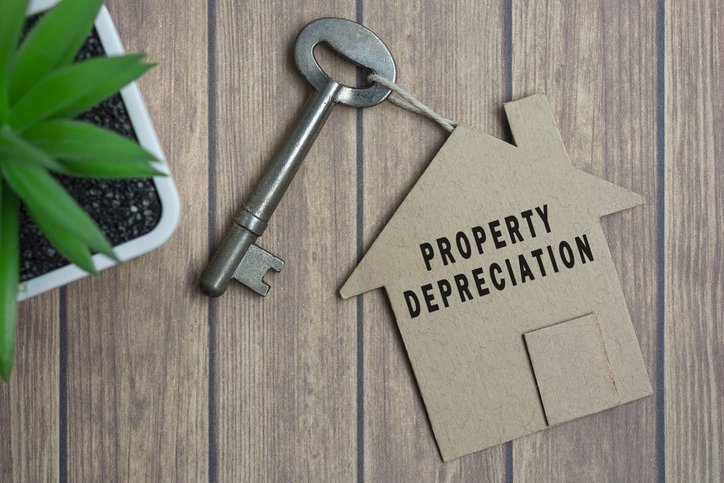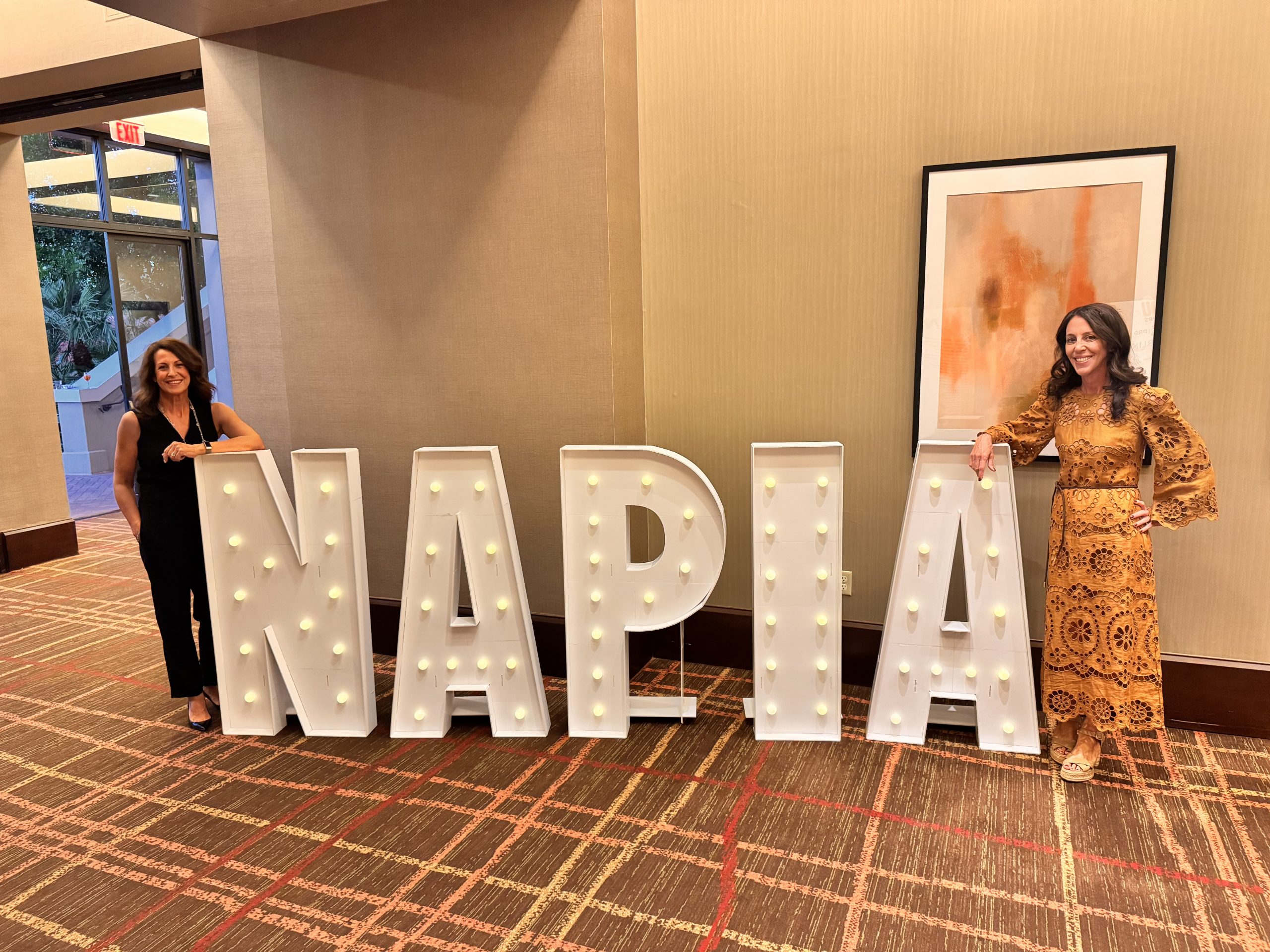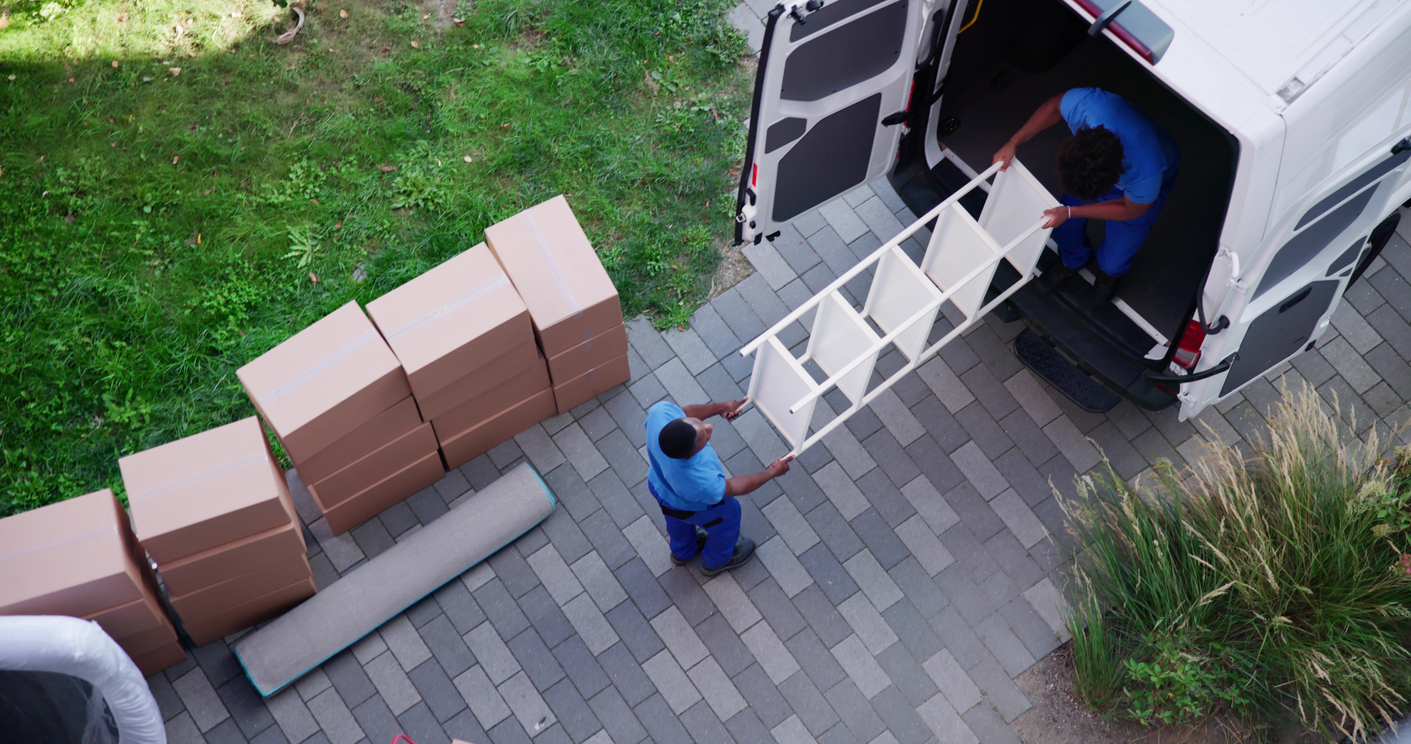In a recent post, we explained the elements of a “holdback” claim, including terms such as “Replacement Cost,” “Depreciation,” and “Actual Cash Value” (ACV). This explanation focused on personal property items such as furniture, clothing, electronics, etc. To round out the discussion, we wanted to give an example of how the Replacement Cost issue plays out in real property terms involving the building’s structure.
First off, RTFP! Do you even have Replacement Cost coverage? Read the Full Policy and see if you have this type of policy.
Assuming you have Replacement Cost coverage, it applies on an “apples-to-apples” basis in terms of replacing structural elements. So, if your building has drywall that gets damaged, you will get ACV for the cost of drywall that is of “like kind and quality” to what you originally had. That approach applies to every trade – whether it’s woodwork, finishing, or carpet.
If the estimate indicates that damages to your building will cost $100K to repair, the insurance company might take $20K for depreciation. (Remember: Replacement Cost MINUS Depreciation = ACV.) So, you will initially receive a check for $80K. If you want to recover the $20K that the insurance company “held back” for depreciation, you must show invoices and cancelled checks demonstrating that you spent at least $100K.
And keep in mind: you can only do repairs to damaged property (e.g., drywall, cabinets). You then send the expenditures to your insurance company, who will compare them to their own estimates, and will come and take photographs to confirm that repairs are done.
Unlike personal property claims (clothing, electronics, etc.), building claims usually get paid in a lump sum.
A few tips to keep in mind:
It must be related – You cannot take the lump sum and spend it on unrelated items. If you do, you will undermine your ability to recover the depreciation that was held back.
Minor upgrades are OK – If they are related and minor, you can put the Replacement Cost funds towards minor upgrades. But: it must be apples-to-apples – i.e., you can’t change from laminate flooring to hardwood.
Buyouts can happen — In certain circumstances, the insurance carrier doesn’t want to leave claims open, so they may offer a “buyout” to close the books. The buyout number would typically be a percentage of the depreciation, which varies from claim to claim. Essentially, the insurance company would give you some of the holdback money without requiring actual proof of expenditures in exchange for a signed Policyholders Release. Buyouts are typically offered on very large losses (millions of $), but are occasionally offered to homeowners for smaller claims.
So, get familiar with Replacement Cost coverage. Understand what you’re entitled to up front and what you must do to recover the “withheld depreciation”.




